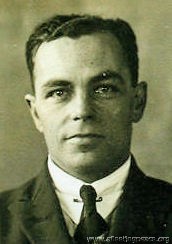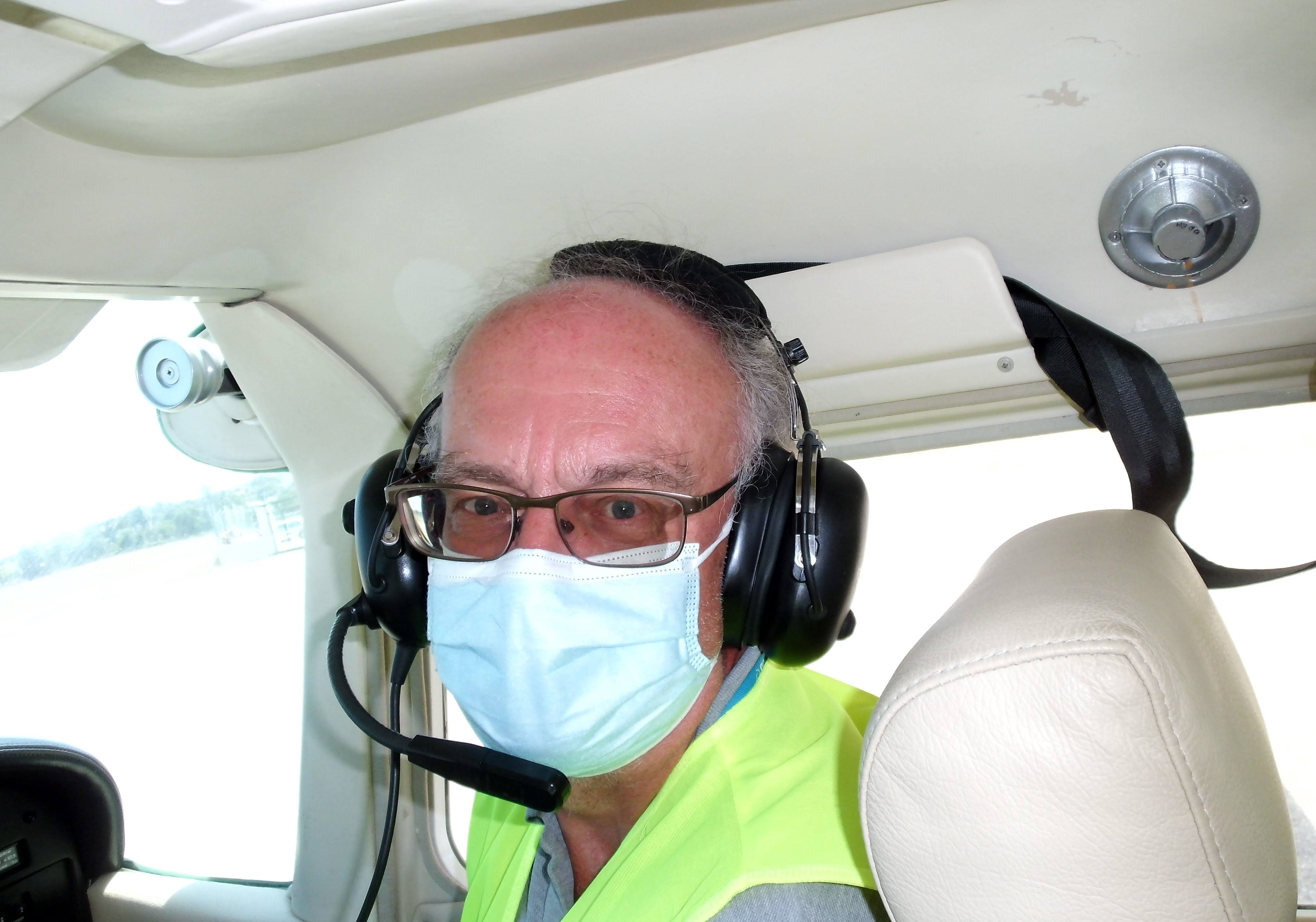The Aviators |
|
Capt Franklyn Leslie Barnard OBE AFC |
||
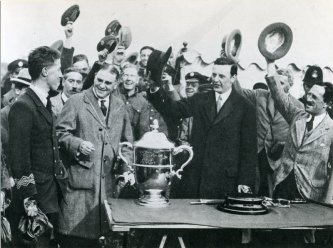 |
||
|
Winner of the first King's Cup in 1922. "an exceptional pilot - careful, skilful, and daring" and "his ability as an engineer was fully equal to his skill as a pilot". b. 1896; his father, Owen Barnard, was a stockbroker's clerk (and not related to Charles Barnard's father). AFC in WWI; chief pilot for Instone (later) Imperial Airways. OBE in 1927. Killed in July 1927 while testing propellers for the Bristol Badminton which he had entered for the King's Cup Race, which crashed at Filton after the engine seized. Major Beaumont, appearing for Imperial Airways at the inquest, said the company felt it had "lost one of the world's magnificent airmen". 1927 It is with profound regret that we have to record the death, as the result of a flying accident on Thursday, July 28, of Capt. F. L. Barnard. Capt. Barnard—one of our mostexperienced and popular pilots—was carrying out a test flight on the Bristol " Badminton " ("Jupiter VI ") biplane, which had been entered for the King's Cup Air Race, at Filton aerodrome, when, according to eyewitnesses, the engine suddenly stopped and the machine crashed to the ground just outside the 'drome from a height of about 200 ft. When a number of people who had been watching the flight arrived in the field where the machine had crashed, the latter was found completely wrecked, with the engine embedded in the ground, and the unfortunate pilot lying in the cockpit beyond human aid. From evidence at the inquest, which was held on July 29, it appears that when Capt. Barnard's engine failed, he put the machine into normal gliding angle and attempted to land. While manoeuvring to do so, the machine lost flying speed and stalled from about 80 ft. Capt. Barnard had already made three other test flights on the machine, trying out different airscrews. Capt. Barnard's loss to the aviation world is a great one indeed, for he was an exceptional pilot, careful, skilful, and daring—but daring only when flying alone or testing. He served in the Air Force during the war, and was awarded the Air Force Cross. Following the Armistice he was pilot to No. 24 Communication Squadron, when he carried many distinguished personages to and from the Continent. He then became associated with Instone Air Lines, and later, when Imperial Airways was formed, was their chief pilot. His skill as a pilot was such that he was entrusted with many important aerial missions—the most conspicuous of which was the piloting of the Imperial Airways D.H. "Hercules" air liner, carrying Sir Samuel Hoare, Lady Maud Hoare and party from London to Cairo on the inaugural flight of the Egypt-India service. He also, it will be remembered, took part in previous King's Cup races, being the winner in1922 and 1925, and flying last year the Bristol " Badminton "in its original form. Capt. Barnard leaves a widow and young son, to whom, in common with his many, many friends, we offer our deepest sympathy." - 'Flight' |
|
Capt Henri Charles Amedie de la Faye Biard |
|
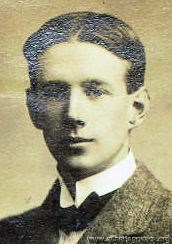 1912, aged 20 1912, aged 20 |
|
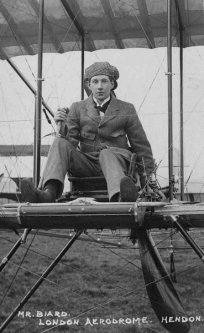 |
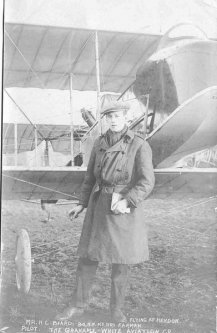 |
|
From Jersey; a very early flier, test pilot for Supermarine. Schneider Trophy pilot in 1922, 23 and 25 (during which he crashed, "making a huge hole in the sea", but emerged merely slightly dazed). His autobiography is called, er, 'Wings' (1934). |
|
|
Capt Charles Douglas Barnard
|
||
|
Personal pilot to the Duchess of Bedford, 'ribald and golden-haired'. b. 8 Dec 1895 in London; his father, Charles Gilbert Barnard, was a master printer (and not related to Franklyn Barnard's father). He learnt to fly in 1915 with the RFC. After WWI, became a test pilot for Sopwith, then a pilot with the de Havilland Airplane Hire Service after meeting Alan Cobham, then their chief pilot, in Spain. In July 1920, he was convicted of manslaughter, for killing an elderly man in a car accident in which he failed to stop, and didn't report; "Charles Barnard (24), a demobilised airman from Watford whose machine was brought down in flames in France, was charged with the manslaughter of Alfred Sharp on the night of May 2, by knocking him down whilst driving a motor-car. A button, answering the description of other buttons from the deceased's coat, was found between the bonnet and mudguard of the accused's car. He was remanded, bail being refused." It also turned out that his driving licence had lapsed at the time, and he hadn't renewed it until some days after the accident. He was given 4 months imprisonment in the 'Second Division' (such prisoners were kept apart from other classes of prisoners, received more frequent letters and visits and wore clothes of a different colour). The Judge said there was "too much reckless driving by people who served in the war. Their war services were no consolation to bereaved relatives." Settling down a bit after that, he was the pilot in 1923 when an aeroplane belonging to the de Havilland Hire Service was used to ferry Commander Bristow to have a look at an Italian ship, the D'Aosta, which had become stranded in Malta. It was the first time the flight had been made, and it took over 14 hours, mainly (Charles complained) because the authorities in Pisa insisted on a deposit of 15% of the value of the machine. One of his other jobs for the de Havilland Hire Company was to fly G-EBGT 'Nulli Secundus', a perfectly good D.H.9c, while a certain Captain Spencer jumped out of it - see the video here.
His first long-distance flight with the Duchess of Bedford was a tour in 1927 from her home in Woburn Abbey to France, Spain and North Africa, covering 4,500 miles in 3 weeks. Two years later, he piloted her Fokker monoplane, the 'Spider' to India and back, 10,000 miles in 88.5 hours; the RAeC gave him their Gold Medal for the year. It wasn't their first attempt at the flight to India and back - a year before they had tried the same thing, but problems with the propellor meant that the Duchess had had to come back by steamer from Karachi (which at the time was in India, of course). In 1928, described as a 'flying man', he was cited as the co-respondent in a divorce case. At the time, he and Mrs Melita Erna May were living together at his place in Monmouth Rd, Bayswater; they got married in December. |
|
Capt Hubert Stanford Broad MBE AFC
|
||
|
b. 18 (or 20) May 1897 shot through the neck in WWI by one of Richtofen's Red Circus pilots; [c.f. Angus Irwin]; second in Schneider 1925, to Jimmy Doolittle. In 1928, he spent possibly the most boring 24 hours of his life by beating 'all existing figures' for long endurance flights in light aeroplanes (unfortunately there was no official 'record' to beat as such, the FAI not recognising such things). His log makes, um, rivetting reading: --0--0--0--0--0--0--0--0--0--0-- 5:30pm: Hendon 7:40pm: Gloucester 8:30pm: Coffee and sandwiches 11pm: Over Central London, 3,000ft; watched theatre crowds leaving Midnight to dawn: Remained over Edgeware 2:30am: second meal 4:10am: First signs of dawn 5:10am: Biggin Hill. Saw night bomber in air ... Noon: Stamford. Very sleepy 4:30pm: Ipswich --0--0--0--0--0--0--0--0--0--0-- Having trimmed the controls, Hubert settled down and read 3 complete novels 'to relieve the boredom'. When he finally landed, he he said that he was very stiff with cramp, and promptly went home to sleep. His Moth still had 12 gallons of fuel, so it could have kept going for another 4 1/2 hours... He was named as co-respondent in Beryl Markham's divorce in 1939. de Havillands test pilot until 1935 (Bob Waight succeeded him) - broke the world's speed and height records for light aircraft in the original monoplane Tiger Moth, then joined RAE Farnborough; Hawker test pilot post-WWII; died 1975 FLIGHT MARCH 28TH, 1946 No. 2. CAPT. H. S. BROAD, Senior Production Test Pilot, Hawker Aircraft Co. FOR sheer wealth of flying experience it is doubtful whether there is another pilot in the world to equal Hubert Broad. He has flown everything from diminutive single-seaters to multi-engined--bombers, and including a number of out-and-out racing aircraft. His logbooks, of which he has filled some nine or ten, total over7,500 hours' flying time and 182 separate types. These are honest types—not modifications or different mark numbers of the same aircraft. Many of these he has also flown as seaplanes. Broad, at the age of nineteen, learnt to fly at the Hall School of Flying at Hendon in 1915. The aircraft on which he made his first flight (there was no dual, a pupil did straights across the airfield until he felt it was safe to do a circuit)was the single-seater Caudron with35 h.p. Y-type Anzani engine. Believe it or not, with this tiny horsepower the Caudron occasionally was made to stagger into the air with two people on board, but the passenger had to sit on the wing by the side of the nacelle. Early Days The end of 1915 found Broad in the R.N.A.S. at Eastchurch, and he was on the very first course at Cranwell, which was then a R.N.A.S. establishment rejoicing in the name of H.M.S. Daedalus. His first tour of duty at the front was with No. 3 Squadron at Dunkirk. He was among a number of pilots lent by the R.N.A.S. to the R.F.C. No. 3 Squadron flew Sopwith Pups, and it was while he was on one of these, escorting a bombing raid by 90 h.p. R.A.F.-engined B.E.s, that he was shot through the neck by one of Richtofen's later Goering's—Red Circus pilots. On recovery he spent a while as an instructor at Chingford and then went for his second tour of operations with No. 46 Squadron, who flew Sopwith Camels. The end of the 1914-18 war found Broad instructing at the Fighter Pilots' Flying School at Fairlop. Peace found him, as it found so many other young fellows ,with the ability to fly aircraft superbly and no other means of making a living. But a good living could be made by joy-riding in the early 1920's. First he joined the Avro Company, who were running joy-riding in a fairly big way, and in 1920 went to the Adiron Lakes in America with two Avro 504 seaplanes. These two aircraft saw their last days in Long Island, where they were completely wrecked by an autumn gale. By the next year he was back in England competing in the Aerial Derby air race round London on a Sopwith Camel. He finished 6th.In October, 1921, Broad joined de Havillands. Those who know this great concern now will smile to learn that when it started in those days it consisted entirely of two fabric hangars and a hut at Stag Lane. If memory serves, the capital of the company at that time was £100. The D.H. series numbers, which started in the Aircraft Manufacturing Co. Ltd., were carried on in this new firm, and Broad flew every one of the D.H. designs from the D.H.27 to the D.H.90. In the same period he did a lot of test flyingfor other aircraft constructors. He did the W.10, Handcross, Hendon, and some others for Handley Pages, the Parnall Pipit and the Saunders A. 10 fighter. On the Gloster Grebe he ran into wing flutter for the first time (this trouble, in those days, was on a par with the compressibility troubles we have now). Seaplane testing Another big job he did was most of the development work on the Gloster II and III racing seaplanes. Over a period I used to go with him to Felixstowe regularly. As a Press man I was forbidden the precincts of the R.A.F. seaplane station, but there was a perfectly good Great Eastern Railway pier alongside the station. I used to climb over the fence and watch the proceedings from the pier head. Broad nearly lost his life there one day in October,1924. As he was landing the Gloster II a forward strut to the floats collapsed, and the aircraft turned completely over. Mrs. Broad was watching from the shore, and it seemed a very long time before Hubert appeared on the surface. In 1925 Hubert Broad flew the Gloster III racing seaplane in the Schneider Trophy contest which was held that year over Chesapeake Bay in America. This was the race in which Henri Biard, flying the SupermarineS.4—the true forerunner of the Spitfire—crashed in the water with wing flutter. Broad finished this race second to Jimmy (now General) Doolittle. That must have been a vintage generation, because many names from that period have found their way into the high-spots of this last war. With the advent of the D.H. Moth in all its variants, Broad was to be seen performing aerobatics at most flying club meetings and entering many of the races. These included the King's Cup Race, which he won in 1926. He was flying a delightful Cirrus I Moth, which was a study in ivory and red. His average speed over the whole732 miles was 90.4 m.p.h. His piece de resistance in aerobatics was a perfectly formed big loop, the base of which was only some 150ft from the ground. It was a joy to behold, but very dangerous to perform. Broad had sufficient sense to realise this and sufficient courage to stop doing it. "Hooked" It was during an aerobatic show that Hubert had his closest shave in a life packed with incident. And it was so simple. Flying a D.H. Tiger Moth with no one in the front seat, he did a slow roll—a stunt at which he was a master. The safety belt in the empty cockpit was loosely done up. While the Moth was inverted the belt hung down and, as the aircraft turned the right way up again, the belt came back over the joy-stick. The result was that Broad had only about 1 1/2 inches of stick movement; but, nothing daunted, he made a sort of tail-up, seaplane landing. In this connection it is to be remembered that there were no lovely 2,000-yard runways on which to this sort of thing. In those days there was not a single runway available in Britain; not even for the take-off of over-loaded aircraft for long-distance records! Another unhappy moment occurred when he found the tail trim (the incidence of the whole tailplane was adjustable)of a D.H.34 had been connected in reverse. By a good deal of jockeying he managed to get into Northolt. On yet another occasion a careless mechanic left a screwdriver jammed in the chain and sprocket of the rudder actuating gear. This necessitated a down-wind, crosswind, finishing up into-wind landing at Hendon airfield, because that was a bit bigger than Stag Lane. One of the prettiest little aircraft he ever flew was the original D.H. Tiger Moth monoplane. This was tailored exactly to fit Broad. Physically he is not of big stature and few other pilots could get into the machine. In the front of the cockpit was a bulkhead which had two holes just large, enough for the feet to be threaded through, and these holes had to be padded with sorbo rubber so that Broad's shins did not get barked while landing and taxying. Springing was almost non-existent. Span was22ft 6in and length only 18ft 7m. In August, 1927, on this machine he broke the world's record for light aircraft for both speed and height. For the former the figure was 186.47 m.p.h., he having taken19 min 59 sec to cover the 10 km, and for altitude he reached 20,000ft in just 17 min. A year later he took two more world's records on the D.H. Hound. In 1935, after 20 wonderful years of service, he left de Havillands and later did some flying for the Air Registration Board. From here he went to the Royal Aircraft Establishment and finally joined Hawkers to be in charge of all their production testing at Langley. He will be 50 in a matter of a few weeks, yet every day sees him at oxygen height testing Tempest IIs. As he says, he has gone from 35 h.p. in the Anzani to over 3,000 h.p. in the Centaurus and Sabre VI, and from 2 ½ lb/sq ft in the Caudron to 40 lb/sq ft in the Tempest II. |
|
Mr Larry L Carter
|
||
|
One of the original AT&T pilots after WWI. In May 1922, "Mr. Larry Carter had an unusual experience while flying the 10-seater Bristol from Paris to London on Wednesday. Just as he rose from the ground at Le Bourget one of the joints of his under-carriage became loose, and a portion of the under-carriage was left hanging down. This was quite unnoticed by Mr. Carter, but the officials at Le Bourget saw what had happened and wirelessed to Croydon a full description of the occurrence. The wireless operators at Croydon, as soon as Mr. Carter came within speaking range, "rang him up" and told him what had happened. Mr. Carter, being thus warned of what difficulties were in store for him when the time came for him to land, was able so to manoeuvre his machine that, after a landing which excited the admiration of all the pilots on the aerodrome, only the tip of one wing was damaged. Had he not been made aware of the breakage in the under-carriage it is highly probable that a serious crash would have resulted." Gloster's test pilot from 1923; he flew the prototype of the Grebe (derived from the SE5) in that year's King's Cup race. Fractured his skull and broke a leg when the Gloster II racer crashed in 1925, and in 1928 (not having flown since) died from meningitus, aged 28. |
|
Mr (Sir) Alan John Cobham KBE AFC
|
||
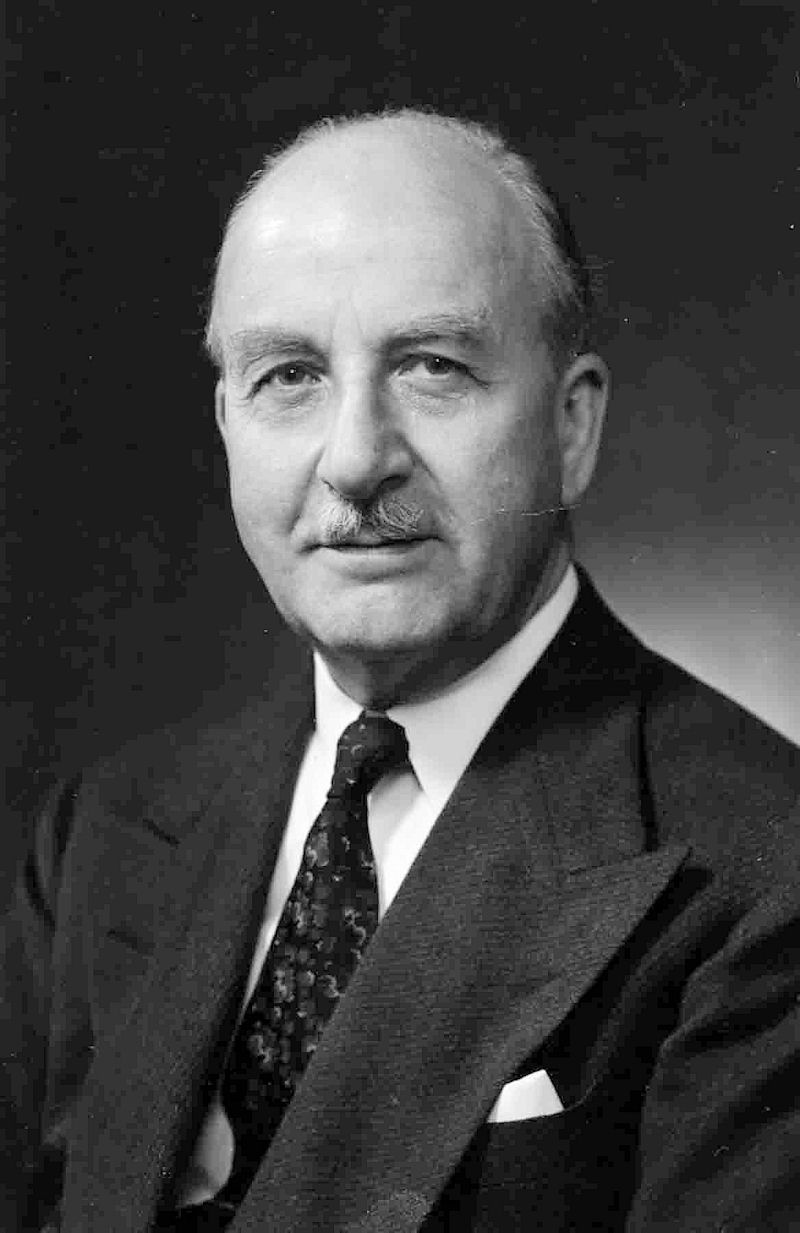 |
| Capt Stanley Cockerell AFC, Croix de Guerre (Belgium) | ||
|
photo: 1930, aged 33 |
b. 9 Feb 1895, the 'willowy' Vickers chief test pilot - he and his assistant Frank Broome (q.v.) were known as the 'Heavenly Twins'. RFC in WWI (7 victories). Married Miss Lorna Lockyer in 1921. Killed in WWII: on the 29th November 1940, when the Running Horse(s?) Pub in Erith was bombed. His 6-year-old daughter Kathleen also died and they were buried at the church of Saint Mary, Sunbury on Thames. Lorna also died during the Blitz. Some children survived and were split up and most were adopted, losing touch with each other. |
|
|
Capt Frank Thomas Courtney
|
||
| An Irishman and early aviator; he test-flew the prototype D.H.18 - de Havilland's first purpose-designed airliner - in March 1920 and often flew it in service.
Also flew in the 1929 Cleveland National Air Races. Also flew the Cierva autogyro in 1925, (but not in the King's Cup) |
| Flt-Lt Reginald Herbert Stocken | ||
|
photo: 1916, when a 2nd Lieutenant in the RFC, aged 23 |
|
|
| RAF Serial No 18077. promoted to squadron leader in 1941; later a Wing Commander | ||
| Sqn-Ldr F L Robinson DSO, MC, DFC | ||
|
|
|
|
|
C.O. (Wing-Cmdr) 10 Sqn RAF in 1928, RAF Duxford in 1929 Air-Aide-de-Camp to the King (as Group-Captain) 1936 |
||
| Mr Frederick Philips Raynham | ||
|
|
© The Royal Aero Club [0011-0050] |
|
|
© The Royal Aero Club [0357-0137] |
© The Royal Aero Club [0738-0152] |
|
|
© The Royal Aero Club [0906-0042] |
© The Royal Aero Club [0908-0175] |
|
|
'Fred', originally from Suffolk; the first man to recover from a spin, (although he didn't know how he had done it); test pilot for Hawkers; died 1954 in the USA and is buried in Colorado Springs. Survived a lot of crashes. |
||
| Mr George Beacall Powell | ||
|
|
|
|
|
Dick Terry kindly tells me that George Beacall Powell was one of the original 16 pilots for Imperial Airways, and that he was b. 20th April 1899 in Loppington. Sadly, the rest of his story is quite a short one: "In July 1916 George Powell was a science undergraduate at Keble College Oxford, but he left the University the following year and on 11 June joined the RFC as a Cadet. On 29 July 1917 he was promoted to 2nd Lt on probation on the General List. In October, after further training he was appointed Flying Officer. In November he attended the Armament Experimental Station Orfordness for bombing & weapons training. In February 1918 Powell contracted jaundice and it was more than six months before he was allowed to resume flying – but only under close medical supervision. He was eventually declared fit for Home Service flying duties on 15 November 1918. In January the following year Powell was awarded the Air Force Cross In February 1919 he was assigned to No 1 Communications Squadron where he remained until September when he was transferred to the unemployed list. He joined Instone Air Line soon after. In 1923 Powell had to withdraw from the Kings Cup Air Race when his DH 34 could not be spared from its official duties on the London Continental air service. Powell moved to Imperial Airways when it was formed by the amalgamation of Instone Air Line with three other companies in April 1924. He died a year later on 19th April in a motoring accident at Mitcham Common. The coroner decided that Powell had been driving negligently and blamed him entirely for the accident – the other driver was cleared of all blame. Shockingly these details were recorded on his death certificate. His body was taken back to Croydon and then flown, in a D.H. 34, to Shrewsbury Aerodrome. The Times dated 27 April 1925 recorded the event as the first time in the history of aviation that an aeroplane had been used as a hearse. The funeral and interment took place in Stanton, Captain Powell’s home town." |
||
| Capt Herbert Howard Perry | ||
|
|
|
|
|
b. Birmingham 3 Jul 1892 RFC in WWI; cross-channel pilot for Handley Page Transport 1920-22; test pilot for ADC Transport 1922-27. Joined Imperial Airways in 1927
Feb 1928: "A FLYING RECORD. Captain H. Perry, an Imperial Airways pilot, piloted a seven-ton Handley-Page Napier air liner, with a full load of passengers and freight, from London to Brussels on Saturday in 85 minutes flying time, a record for this type of machine." Address in 1932: 'Sinaia', Cosdach Ave, Wallington, Surrey A member of the Court of the Guild of Airline Pilots and Navigators in the 30s; awarded Master Pilot's Certificate in 1935 |
||
| Capt A F Muir | ||
|
|
|
|
| ?? | ||
| Flt-Lt (later Sqn-Ldr) Walter Hunt Longton | ||
|
|
|
|
|
'Scruffie' Longton, from Lancashire. 11 victories in WWI flying SE5s; DFC and bar. Well known pre-war motor-cycling, and post-war aeroplane racer; whilst practising for the Bournemouth Air Meeting in April 1927, his aeroplane was hit by "one or two charges of shot from a sporting gun", possibly in protest at flying races on a Good Friday. A reward of £25 was offered for the detection of the culprit. He was killed soon after - June 1927 - in a mid-air collision at the Bournemouth Whitsun Meeting, flying the prototype Bluebird. "Every aircraft constructor knew that 'Longton's opinion' was worth having on anything new." C G Grey |
||
| Sqn Ldr Herbert John Louis Hinkler | ||
|
photo: 1927, aged 35 |
|
|
|
Australian 'Lone Eagle', aviation pioneer, killed in a crash in Italy in 1933 |
||
| Maj Harold Hemming AFC | ||
|
photo: 1916, when a Lieut in the Worcestershire Regiment, aged 23 |
|
|
|
Director (with Alan Butler as Chairman) of the 'Aircraft Operating Company'. In 1925, they were air surveying in British Guiana. In 1923, he flew Alan Butler's DH37 'Sylvia' in the King's Cup, coming 5th (as had Alan himself, the year before), and then borrowed it again in 1925, coming 3rd. Unfortunately, while he was making a test flight in 1927 in the DH37 (now re-engined and called 'Lois') the aircraft hit a scoring board and crashed. The passenger was killed and Hemming lost an eye and sustained other injuries. |
||
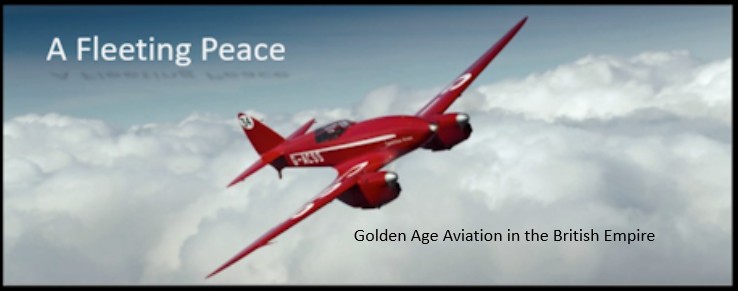


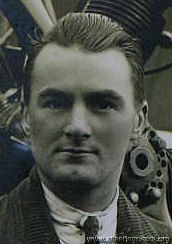
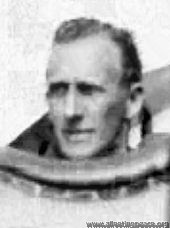


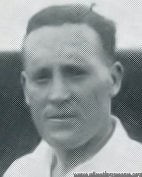

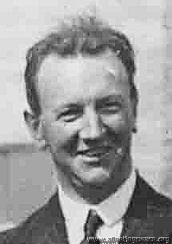
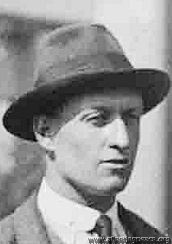
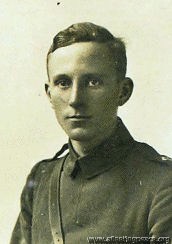
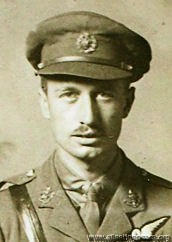

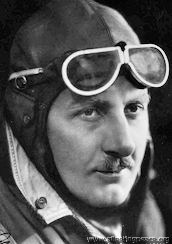
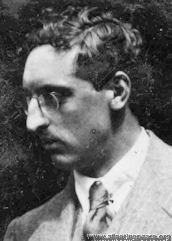

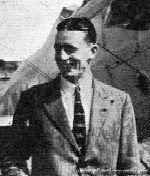
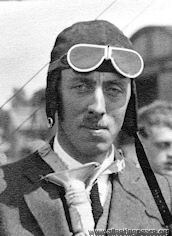 photo: 1925, aged 29
photo: 1925, aged 29 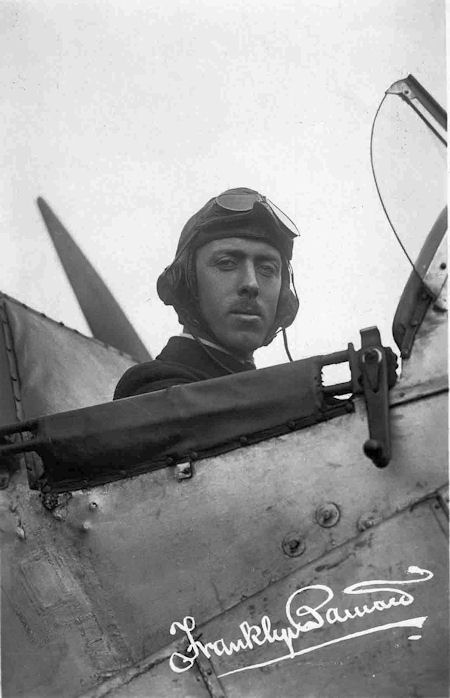
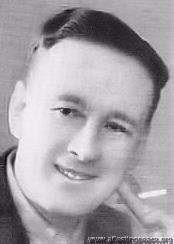 c.1934, aged 42.
c.1934, aged 42.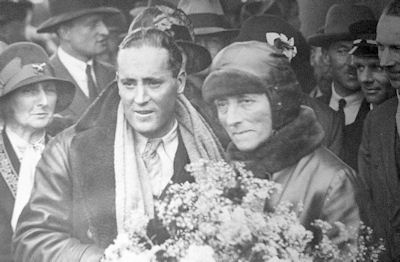
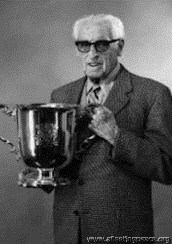 photo: 1972, holding the King's Cup at the RAF Museum, Hendon, aged 78
photo: 1972, holding the King's Cup at the RAF Museum, Hendon, aged 78![Fred Raynham [0011-0050]](/images/gallery/aviators/preview/333s333/Fred%20Raynham%20%5B0011-0050%5D.jpg)
![Fred Raynham [0357-0137]](/images/gallery/aviators/preview/333s333/Fred%20Raynham%20%5B0357-0137%5D.jpg)
![Fred Raynham [0738-0152]](/images/gallery/aviators/preview/333s333/Fred%20Raynham%20%5B0738-0152%5D.jpg)
![Fred Raynham [0906-0042]](/images/gallery/aviators/preview/333s333/Fred%20Raynham%20%5B0906-0042%5D.jpg)
![Fred Raynham [0908-0175]](/images/gallery/aviators/preview/333s333/Fred%20Raynham%20%5B0908-0175%5D.jpg)
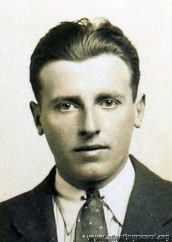 1921, aged 22
1921, aged 22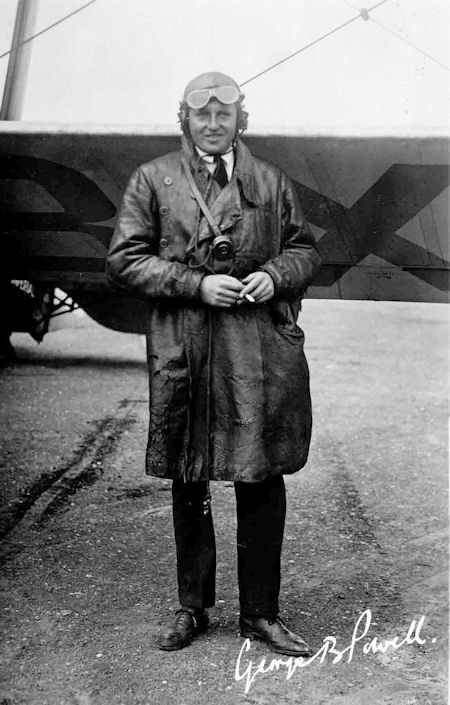
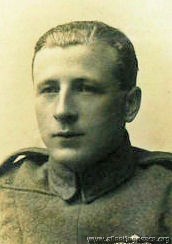 1915, when a Sergeant in the RFC, aged 23
1915, when a Sergeant in the RFC, aged 23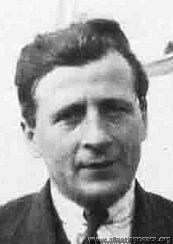 1922, aged 30
1922, aged 30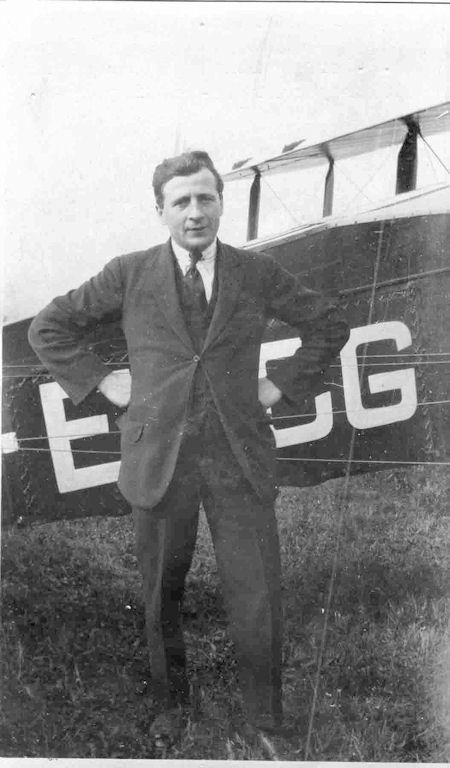 1922
1922